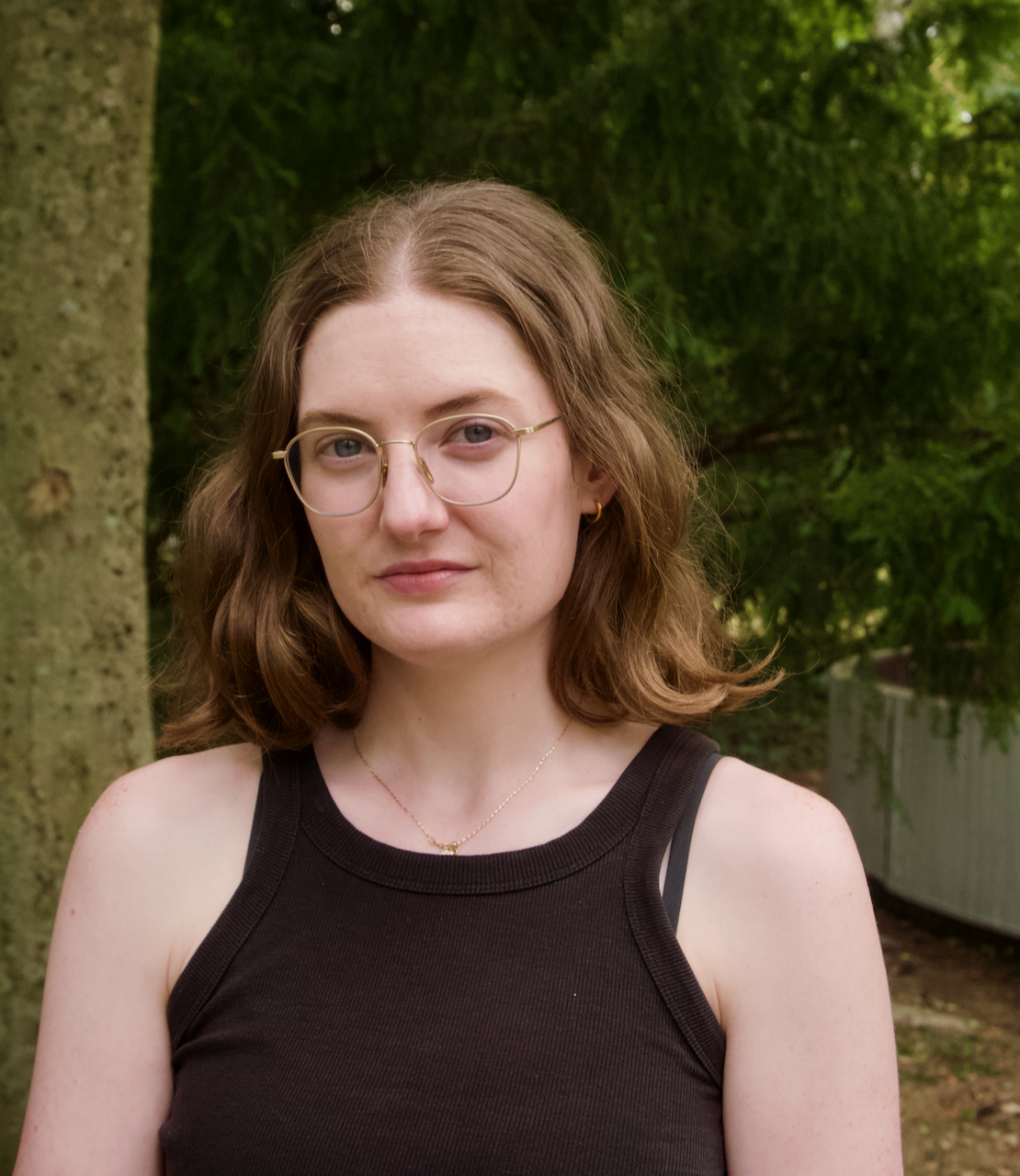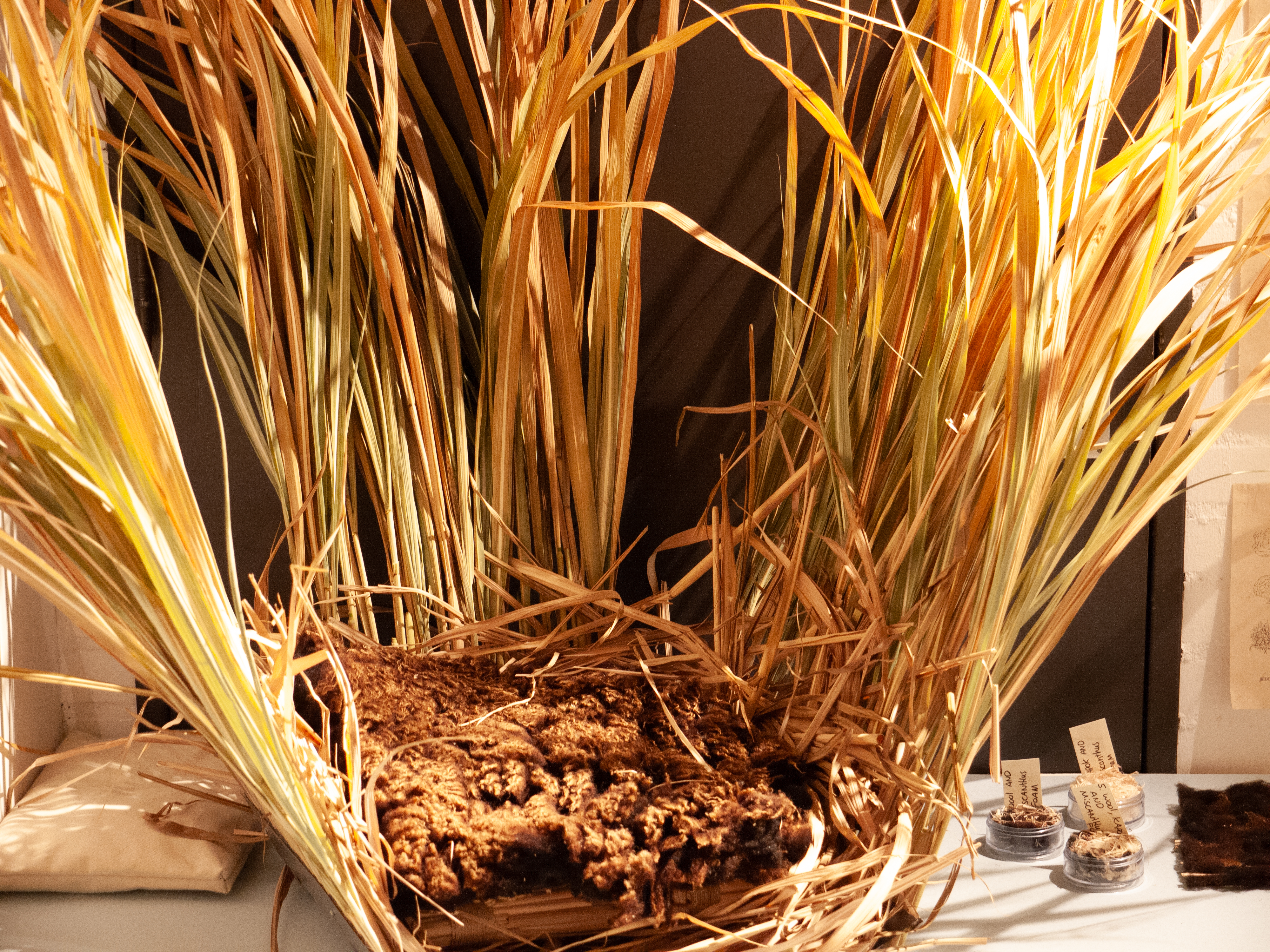Fine Art at Willem de Kooning Academy (WdKA) and Sustainability at Erasmus University Rotterdam (EUR)
Balancing creativity and academics is a challenge that requires both independence and curiosity. For Martina González, a graduate of the Rotterdam Arts and Sciences Lab (RASL) dual degree program, studying fine art and sustainability in parallel was not only a test of adaptability but also an opportunity to redefine how these disciplines intersect. From developing artistic projects grounded in environmental research to working internationally in cultural and rural development, Martina’s experience shows how art and science can meaningfully come together.
What were your expectations when you started the dual degree, and how did they compare to your actual experience?
My expectations were that I would be part of an overarching program that linked my creative side with my academic side. In reality, I had to be much more active in making these connections myself, since the two institutions are very different.
When did science and art start to come together for you during your studies?
Since the beginning, I was already connecting both. But a distinct moment when I really felt the pieces fitting together was during the RASL Minor “Re-imagining Tomorrow.” There, I understood the crossover between the two fields - the frictions, the nature of interdisciplinary work, and how it could look in my future.
What advice would you give to a student starting the dual degree? What can they get out of it?
My advice would be to see both studies as part of your practice. If you always treat them as two separate things, your life will be much harder. For me, connecting the two was essential. You can get a lot out of these studies. In the end, you become a well-rounded person who can move critically between disciplines, be flexible, be adaptable, and develop a lot of grit.
What have you learned as a dual degree student that you wouldn’t have learned in a single degree?
I learned to adapt and move between different contexts very easily. Moving between the academy and the university was eye-opening because I had to adapt to different ways of working, types of projects, and ways of thinking.
Compared to my colleagues who did a single degree, I felt that dual degree students were much more adaptable and open-minded, able to work with anyone and on anything. I also wouldn’t have two diplomas now that allow me to work as an artist and also continue with a master’s.
How has studying in both domains changed your position as an artist, designer, or academic?
On one hand, you are less dedicated as an artist—you cannot be a full-time maker, and maybe it shows in your output. But on the other hand, coming from a transdisciplinary background gives you a very strong base. It shapes the way you think and approach your work.
Where are you now, and what are you currently working on?
Right now, I am finishing an artist residency at Nafasi Art Space in Dar es Salaam, Tanzania, where I have been developing work on rural-urban relations through earth pigments and the second-hand clothing trade.
After this, I will go to a small village in Bulgaria to work with an organization that focuses on building resilient rural areas through culture. I am also studying for an online master’s in cultural management.
What are your future ambitions?
My future ambitions are to deepen my knowledge of sustainable development and to use culture as a tool for action through tangible projects, perhaps through a master’s in rural development. Later on, I would like to work on cultural development projects. At the same time, I want to continue my artistic practice through more research-based work.


